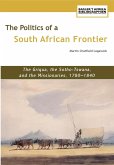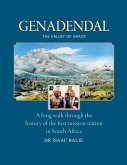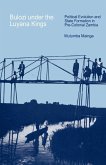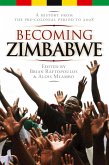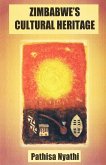A frank, graphic, autobiographical account of white colonial rule in Africa, first published in an English translation nearly eighty years after it was written. In 1942, in a Cape Town boarding house, Eugen Mansfeld painstakingly typed out his life story, in German, on 179 pages of lined paper. He was entirely alone: one son killed during the Nazi invasion of Normandy; two other sons interned in South Africa; his wife trapped while holidaying in Germany at the outbreak of the Second World War. Mansfeld's autobiography spanned seventy years. Buying ostrich feathers and antelope pelts in the Eastern Cape in the 1890s; managing farms and trading in the remote canyons and deserts of German South-West Africa (now Namibia); fighting to preserve German colonial rule in a bloody, genocidal war against the Herero people in 1904-5; robbing Bushman graves to add to his grotesque collection of skulls; picking up gemstones from the desert sands during the diamond rush in the 1900s; and taking arms in a desert campaign against the British Empire during the First World War. Grave-robber; soldier; diamond-dealer; executioner; horse-trader... Mansfeld's personal history of the "scramble for Africa" is gritty, shocking and unashamed; a scarce autobiographical account of the brutality and inhumanity of the colonisation process published for the first time nearly eighty years after its creation. "I wish that I could have seen this book when I was conducting my research in the early 1990s." - Professor Dr Jan-Bart Gewald, Leiden University. "One gets goose-bumps just reading it" - Dr Martha Akawa, University of Namibia.


